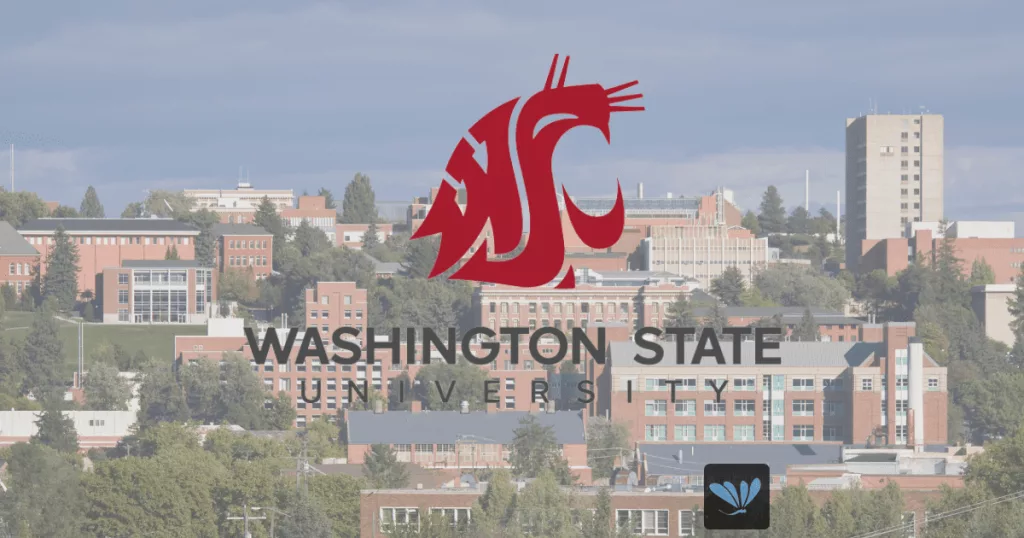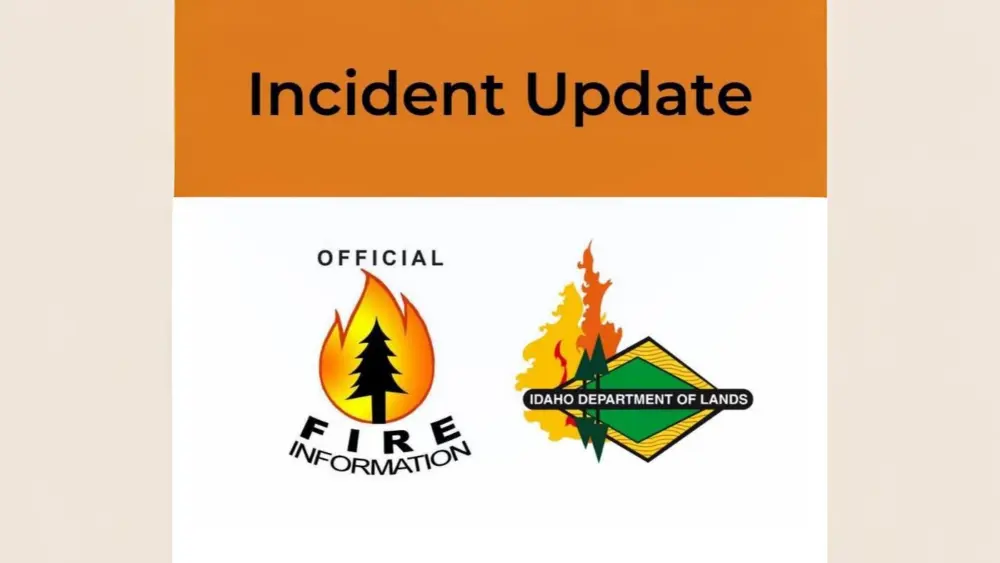(Pullman, WA) The effect of headwinds battering higher education, particularly the problematic rollout of the new Free Application for Federal Student Aid, are being felt across the country.
According to the National Student Clearinghouse Research Center, first-year enrollment decreased 5% compared to last fall. Public and private non-profit four-year institutions were particularly affected, dropping 8.5% and 6.5%, respectively, while four-year colleges serving significant portions of Pell Grant-eligible students dipped more than 10%.
Thanks in large part to a dedicated group of enrollment and financial aid staffers, this wasn’t the case at Washington State University. In fact, WSU saw its first-year enrollment increase 2.4% this fall, marking the second consecutive year of growth in that category.
Several factors contributed to WSU’s success, according to Saichi Oba, vice provost for Enrollment Management.
WSU saw its first-year enrollment increase 2.4% this fall, marking the second consecutive year of growth in that category.
For one, WSU aggressively markets itself via the Common App, which allows prospective students to apply to participating institutions through a single process. The number of applications jumped from about 25,600 during the 2021–22 recruitment cycle to more than 32,600 in just the first year WSU allowed domestic students to apply via the Common App.
How the university responded to the delayed rollout of the new FAFSA process was also key to maintaining its momentum. WSU debuted a financial aid estimation tool to give prospective students an idea of the assistance available to them as they waited for the federal aid process to unfold.
“The FAFSA delays threw a monkey wrench into the plans of thousands of students and their families,” Oba said, noting WSU staff went to work developing ways to engage prospective students and their families to help ease the understandable anxieties. “The more time it takes to complete the FAFSA process, the less likely it’ll be done, and so I’m confident we lost students who ended up not going to college at all.”
Changes to FAFSA
In its assessment of the new FAFSA rollout, the United State Government Accountability Office noted technical issues caused major roadblocks to families attempting to assess the aid available to them. Between January and May, the Department of Education’s Call Center also only picked up 26% of calls made to them, with 4 million in that time going unanswered. These issues led to a 9% decrease in FAFSA applications among high school seniors and other first-time applicants, according to the GAO report.
There are still more than a dozen admitted WSU students who haven’t yet been able to complete the FAFSA, Oba said, and its likely issues will persist for some through the current recruitment cycle.
One positive aspect of the new FAFSA is that it’s led to about 3% more students receiving federal aid compared to last year and a 10% increase in the number of students on track to receive Pell Grants, which are federal grants for low-income students. This was done by expanding Pell Grant eligibility as well as Congress increase the maximum Pell Grant for the first time in a decade.
At WSU, the proportion of low-income students systemwide rose from just shy of 34% last fall to 38%, with a corresponding increase in the number of students receiving Pell Grants.
Building momentum
During the pandemic, WSU saw its incoming classes shrink as many out-of-state students, and even those within the state but far from a campus, chose to stay closer to home. Now though, distant students are again looking to WSU, with the university hosting more events outside of Washington each year. The university is also continuing to attract students from the western portion of the state, Oba said.
One strategy WSU has found success with is Instant Decision Days. These events hosted at high schools enable prospective students to be admitted to WSU on the strength of their academic achievements. While the university has hosted these events for a few years, WSU has truly “taken the training wheels off” this year, Oba said.
During Apple Cup week, WSU hosted 80 Instant Decision Days, including four online and four out-of-state, with more than 1,500 students being admitted to WSU next fall.
To be successful in the next decade and beyond, we must attract a much more diverse group of students, many of whom will be the first in their families to graduate from college.
Saichi Oba, vice provost for Enrollment Management
Washington State University
It’s also critical that WSU attract students who historically haven’t considered higher education as part of their post-high school journey, Oba said. One method of reaching out to traditionally underrepresented groups is by sending recruiting and admissions materials in Spanish to families across the state. Enrollment Management and Student Financial Services have also translated their websites into Spanish to make it easier for families that primarily speak the language to better understand the intricacies of the process.
“To be successful in the next decade and beyond, we must attract a much more diverse group of students, many of whom will be the first in their families to graduate from college,” Oba said.
Enrollment Management is also working with the Provost’s Office and other teams across the system to find ways to bolster year-to-year retention. Given that enrolled students have already gone through the lengthy admissions and financial aid process, it’s critical that the university take whatever steps it can to support them through their higher education journey through graduation.





